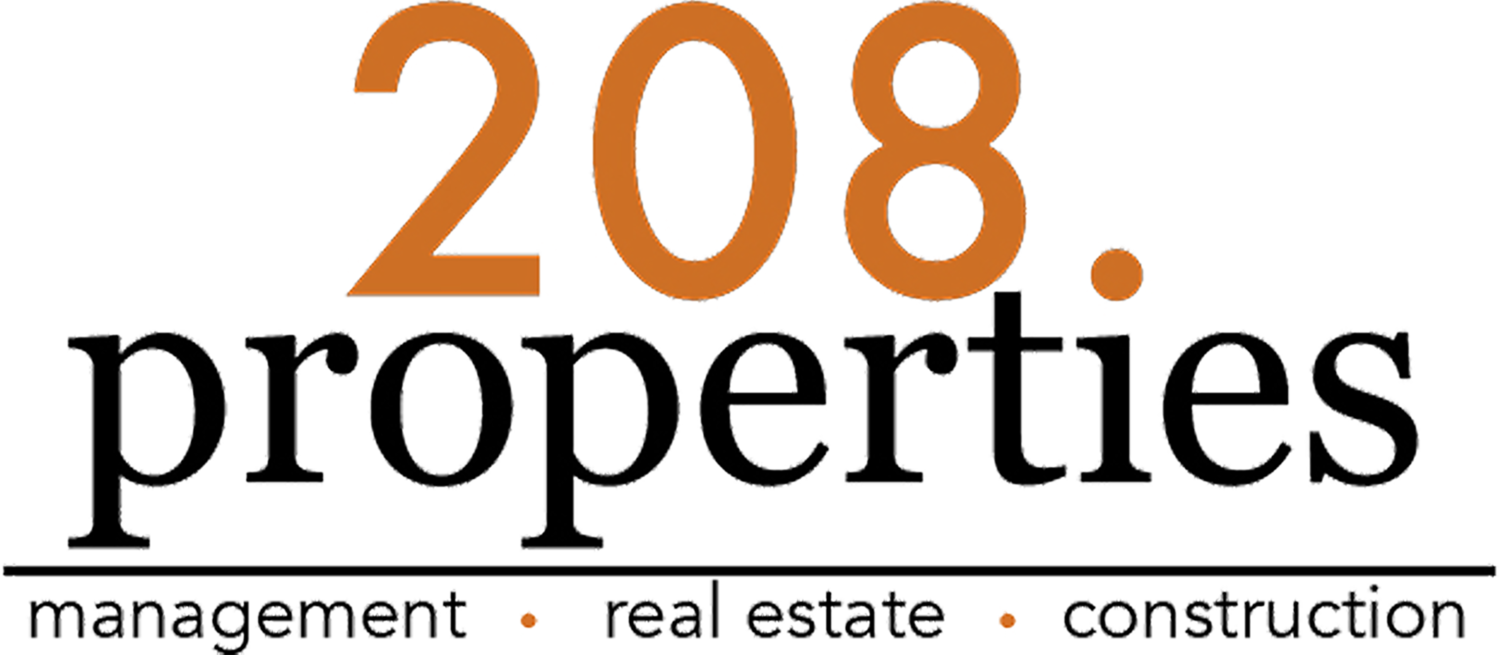In today's dynamic financial landscape, diversification is a critical strategy for protecting and growing wealth. While many investors focus on traditional assets like stocks, bonds, and real estate, savvy investors are increasingly exploring non-correlated assets as a means to enhance their portfolios. One such non-correlated asset is insurance, specifically cash-value life insurance policies. These can be leveraged to purchase real estate, offering a unique blend of security, liquidity, and growth potential.
What Are Non-Correlated Assets?
Non-correlated assets are financial instruments whose performance is not directly tied to the movements of traditional markets. This means that when stock markets are volatile, non-correlated assets can remain stable or even increase in value, providing a cushion against market downturns. Common examples include precious metals, certain types of bonds, private equity, and insurance products like whole life or universal life insurance policies.
Understanding Cash-Value Life Insurance
Cash-value life insurance, such as whole life or universal life insurance, offers more than just a death benefit. Over time, these policies accumulate cash value, which grows tax-deferred. This cash value can be accessed through policy loans or withdrawals, providing liquidity that can be used for various purposes, including real estate investments.
The key advantage of cash-value life insurance is that its value is not directly tied to the stock market. While there may be some interest credited based on market performance (as in the case of universal life policies), the cash value generally grows at a steady, predictable rate. This makes it a stable asset that can be utilized during times of market uncertainty.
Leveraging Insurance for Real Estate Purchases
Investors can leverage the cash value in their life insurance policies to purchase real estate in several ways:
Policy Loans: One of the most straightforward methods is taking a loan against the cash value of the life insurance policy. Since this is technically a loan from yourself, it doesn't trigger a taxable event. The loan can be used as a down payment or to cover the entire purchase of a property, depending on the amount of cash value available.
Partial Withdrawals: Investors can also opt to make a partial withdrawal from the cash value. Unlike loans, withdrawals can reduce the death benefit, but they provide immediate, tax-free cash that can be deployed for real estate purchases.
Collateral Assignment: In some cases, the insurance policy itself can be used as collateral for a traditional real estate loan. This strategy can help investors access more capital than the cash value alone might allow.
Advantages of Using Insurance to Buy Real Estate
Liquidity: Cash-value life insurance policies offer liquidity, which can be especially valuable in real estate transactions. Unlike other investments that may require selling assets or taking on new debt, policy loans or withdrawals can provide quick access to funds.
Tax Efficiency: Policy loans are not considered taxable income, making them a tax-efficient way to finance real estate investments. Additionally, the growth of the cash value is tax-deferred, enhancing the overall return on investment.
Diversification: By using a non-correlated asset like life insurance to purchase real estate, investors can further diversify their portfolio, reducing overall risk and enhancing long-term stability.
Protection: The cash value in a life insurance policy is often protected from creditors, providing an additional layer of security that other assets may not offer.
Continued Growth: Even when you borrow against the cash value of a life insurance policy, the policy's value continues to grow as if the loan was never taken. This can lead to significant compound growth over time, providing a unique advantage over traditional financing methods.
Potential Risks and Considerations
While using life insurance to purchase real estate has many benefits, there are also potential risks to consider:
Interest on Policy Loans: Although policy loans offer favorable terms, they do accrue interest. If not managed properly, this interest can reduce the overall value of the policy or the death benefit.
Impact on Death Benefit: Withdrawals and unpaid loans reduce the death benefit of the policy, which may affect long-term financial planning, especially if the policy is part of an estate plan.
Opportunity Cost: Using the cash value of a life insurance policy for real estate means those funds are not available for other investments. It's essential to weigh the potential returns from real estate against the growth of the cash value within the policy.
Using non-correlated assets like insurance to purchase real estate is a sophisticated strategy that offers numerous advantages, including liquidity, tax efficiency, and diversification. By leveraging the cash value in life insurance policies, investors can tap into a stable, non-market-dependent source of funds to grow their real estate portfolio. However, like any investment strategy, it is crucial to understand the risks and to consult with financial and legal advisors to ensure that this approach aligns with your broader financial goals.

